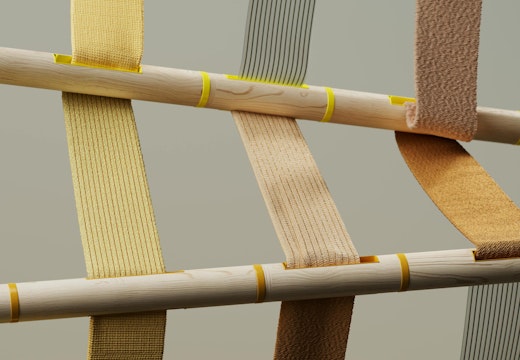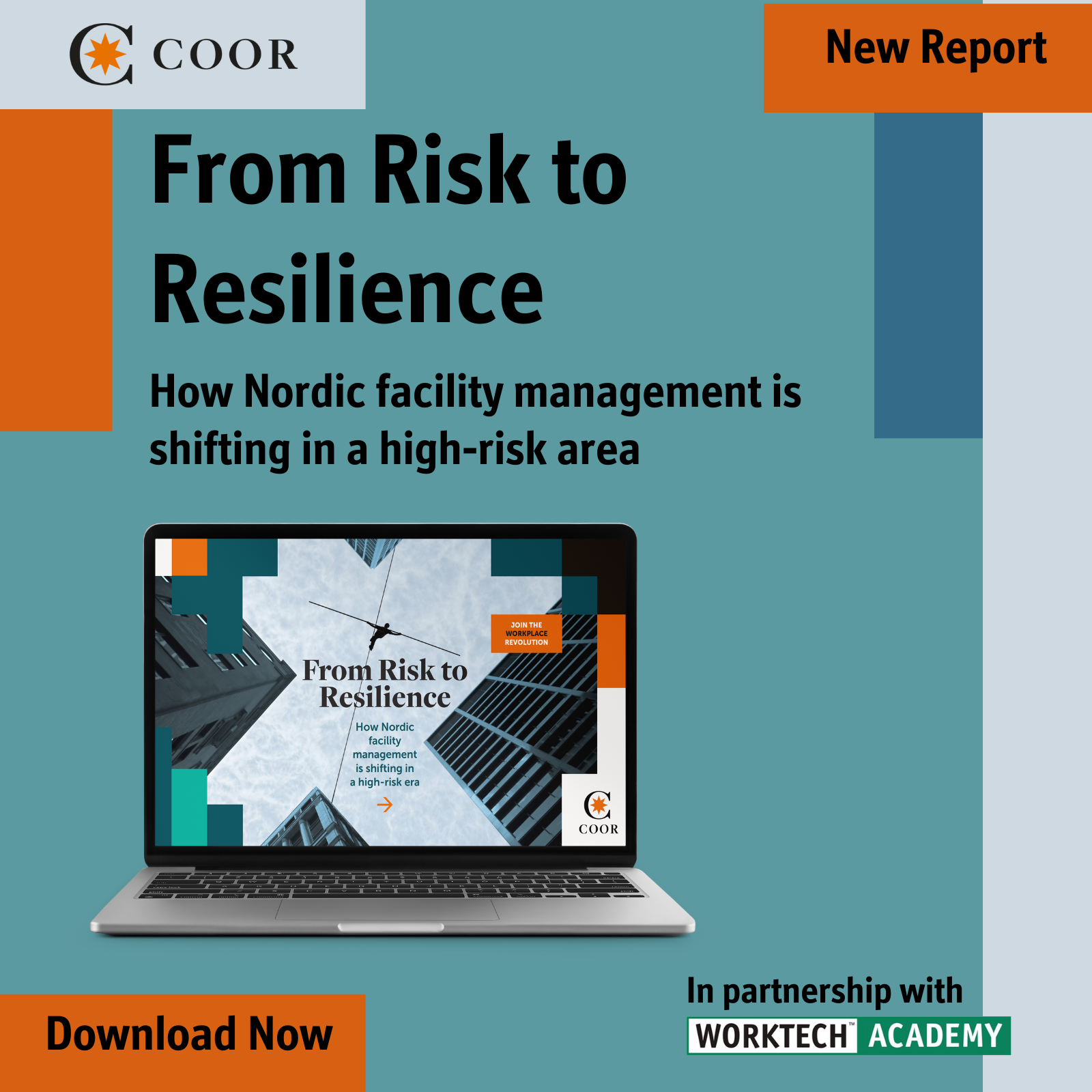Signal File: what this week’s headlines reveal about human-centred design
This week’s headlines reveal new roles of workplace design, from cutting carbon, rethinking mobility, to softening surveillance
Staying ahead in the evolving world of work means tuning into the signals shaping where and how business happens. This week’s stories highlight design’s expanding power to transform systems. Circular thinking proves its ROI as PLP’s London office achieves deep carbon and cost savings, while researchers in Brazil turn invasive seaweed into lighter, greener building materials. Cities are rebalancing mobility around people instead of cars, and even surveillance is being reimagined with sculptural, playful forms. Each case demonstrates how constraints, from climate pressure to cultural fatigue with utilitarian tech, are being transformed into opportunities for more human, more imaginative futures.
Circular design pays off in PLP’s London office
PLP Architecture has unveiled a new workspace in East London where 92% of the fit-out came from reused materials. The approach cut embodied carbon by 75% and saved 175 tonnes of CO₂ compared to conventional methods. It also proved economical, costing 68% less than a typical fit-out of similar scale.
In action: Sustainability is an investment. Circular fit-outs can cut costs as well as carbon, delivering clear ROI while setting standards for low-impact workplace design.
From cars to people – cities rethink mobility
Cities are moving away from car dominance toward multimodal systems designed around human needs. In Los Angeles and Europe alike, mobility hubs and micromobility options are reshaping how people move. E-bike sales in the US grew 190%, while new hubs combine bikes, scooters, buses, and EV charging to put people before traffic.
In action: Rethink mobility as a service that integrates people, place, and technology. Investing in human-centred infrastructure creates healthier, more equitable cities while reducing dependence on cars.
Seaweed clay makes building greener
Brazilian researchers have blended sargassum seaweed with clay to create lighter, more sustainable construction materials. Microwave-sintered samples met strength standards while cutting density and environmental impact, offering a low-carbon alternative to conventional clay.
In action: Turn waste streams into building resources. Bio-based blends show how sustainability can reduce carbon while improving material performance.
Surveillance gets a playful makeover
Danish studio Swift Creatives has unveiled Sculptural Surveillance, a modular CCTV system that swaps bulky hardware for colourful, sculptural forms. Built from powder-coated aluminium, the system lets users combine wavy, bent or straight extenders with interchangeable heads that hold cameras, lights, speakers or sensors. By treating surveillance as design, the project aims to bring ‘architectural sophistication’ to its users.
In action: Redesign workplace technologies as cultural objects. Playful aesthetics can soften perceptions of surveillance, encouraging adoption while sparking curiosity rather than resistance.








